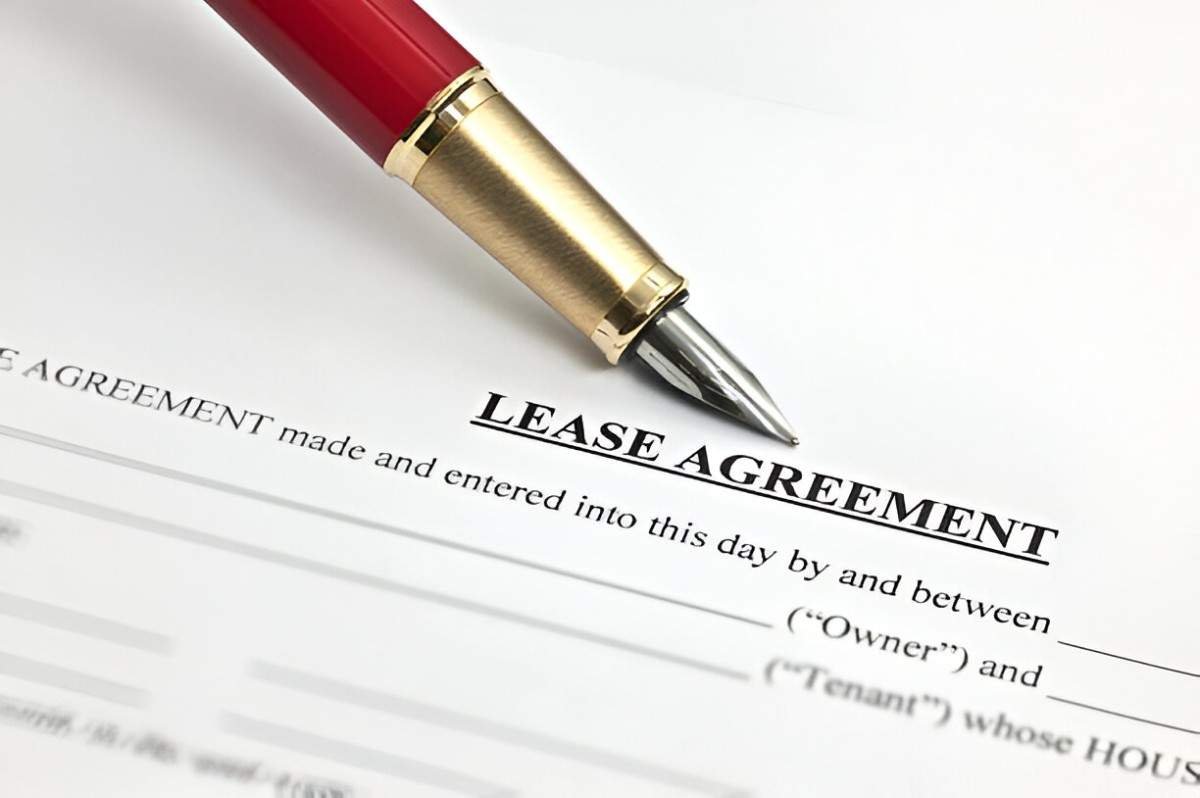A Lessee is an individual or entity that leases or rents an asset from another party, known as the lessor, in exchange for periodic payments. This concept is prevalent in various financial transactions, such as leasing equipment, property, or vehicles. Understanding the role and responsibilities of a lessee is crucial for anyone engaging in leasing arrangements. Let’s explore the significance of a lessee in financial agreements in simpler terms.
Table of Contents
Understanding the Lessee’s Role
A Lessee is the party that acquires the right to use an asset under a leasing agreement. Unlike ownership, where one has full control over an asset, a lessee only has the right to use the asset for a specified period, subject to the terms and conditions outlined in the lease agreement. This arrangement allows lessees to access assets without the need for a significant upfront investment.
Key Points:
- Asset Use: The lessee gains access to the leased asset for a predetermined period without owning it outright.
- Lease Agreement: Formal contract between the lessee and lessor outlining the terms of the lease, including payment terms, duration, and any additional provisions.
- Periodic Payments: Lessees make regular payments to the lessor for the use of the asset, typically on a monthly or quarterly basis.
- Responsibilities: Lessees are responsible for maintaining and returning the leased asset in good condition at the end of the lease term.
Types of Lessees
- Commercial Entities: Businesses often lease assets such as office space, equipment, or vehicles to meet their operational needs without tying up capital in ownership.
- Individuals: Individuals may lease assets such as residential properties, vehicles, or consumer goods for personal use or temporary accommodation needs.
- Government Agencies: Government entities may enter into leasing agreements for office space, equipment, or specialized infrastructure to support their operations.
Example Scenario of a Lessee
Let’s consider an example to illustrate the role of a lessee:
Scenario: Company A, a growing manufacturing firm, requires additional machinery to meet increased production demands. However, purchasing the machinery outright would strain its financial resources.
Solution: Company A enters into a leasing agreement with Company B, a leasing company that owns the required machinery. Company A becomes the lessee and gains access to the machinery for a fixed monthly payment. Company B retains ownership of the machinery but allows Company A to use it for the duration of the lease.
Responsibilities of a Lessee
- Payment Obligations: Lessees are responsible for making regular payments to the lessor as per the terms of the lease agreement.
- Asset Care: Lessees must maintain the leased asset in good condition and use it in accordance with the terms outlined in the lease agreement.
- Insurance: Lessees may be required to obtain insurance coverage for the leased asset to protect against risks such as damage, theft, or liability.
- Compliance: Lessees must comply with any regulatory requirements or restrictions associated with the use of the leased asset.
- Return of Asset: At the end of the lease term, lessees are typically required to return the leased asset to the lessor in the condition specified in the lease agreement.
Conclusion
In summary, a Lessee plays a crucial role in leasing arrangements by gaining access to assets without the need for ownership. Whether it’s businesses leasing equipment or individuals leasing residential properties, lessees benefit from the flexibility and cost-effectiveness of leasing agreements. Understanding the responsibilities and obligations of being a lessee is essential for maintaining successful leasing relationships and fulfilling contractual obligations with lessors.





